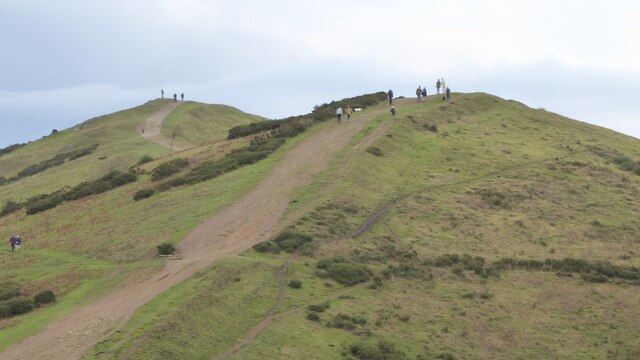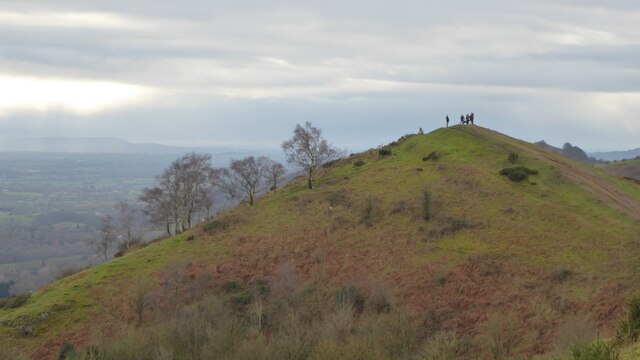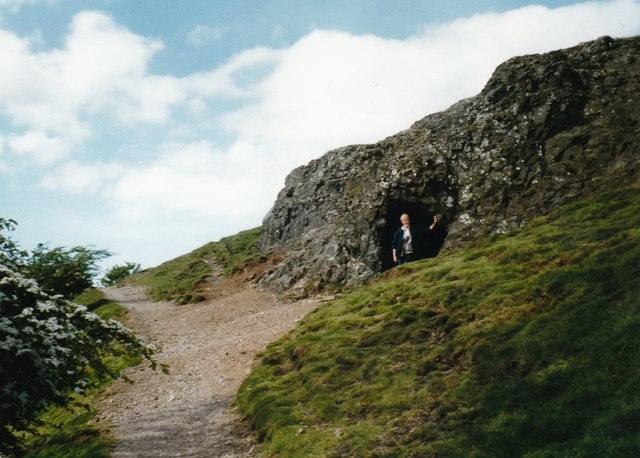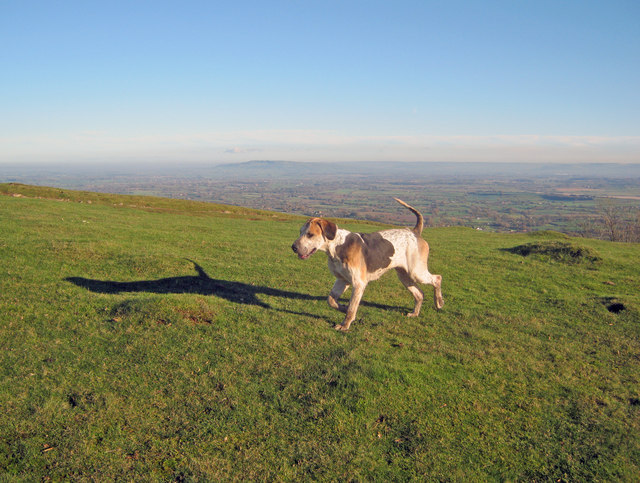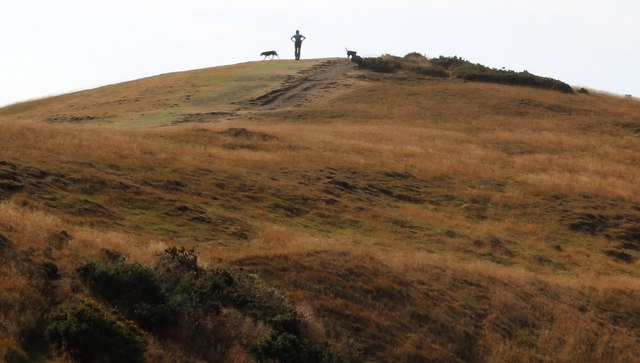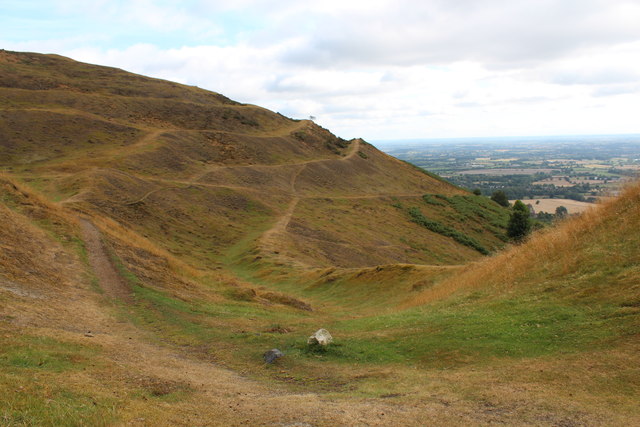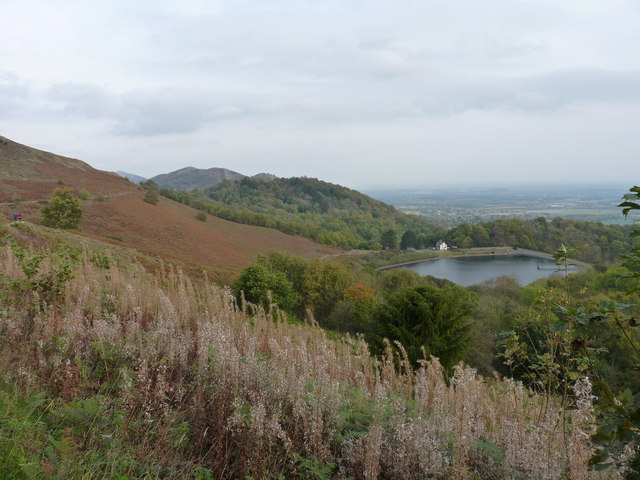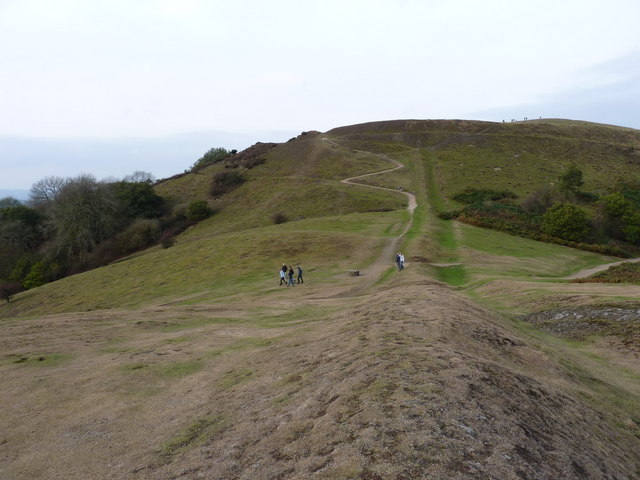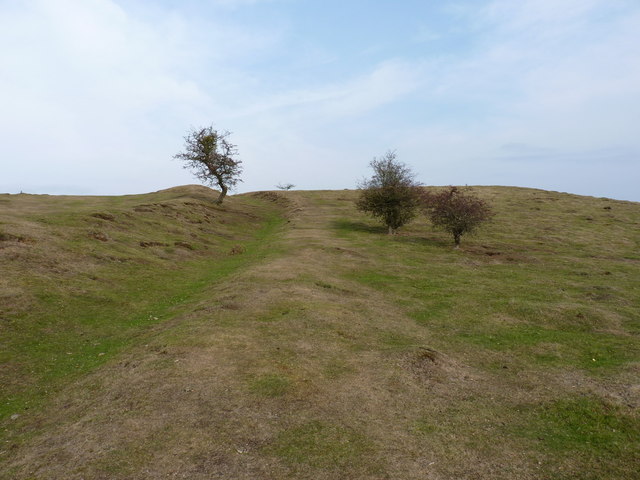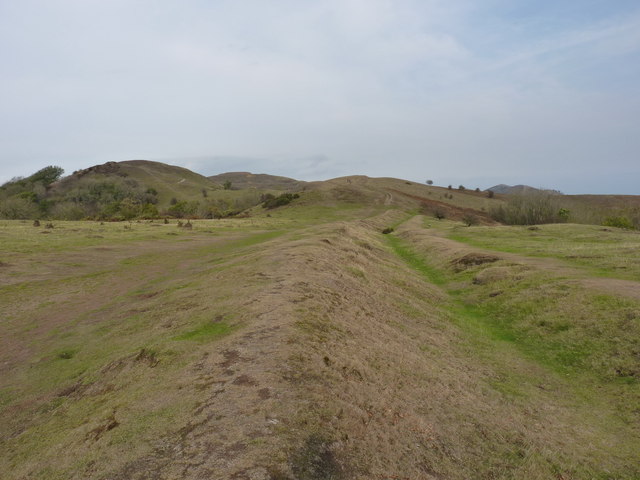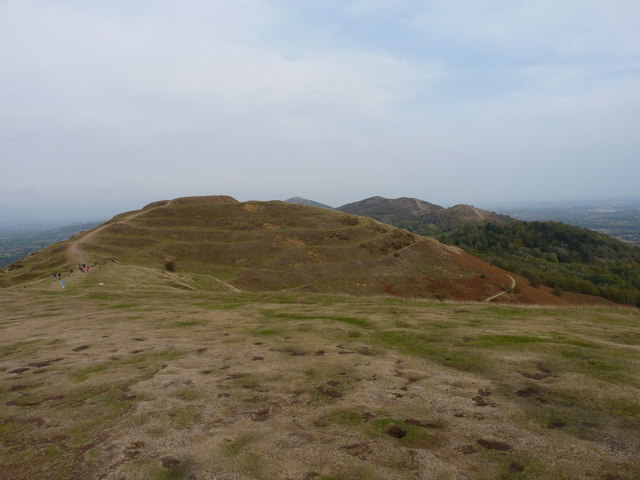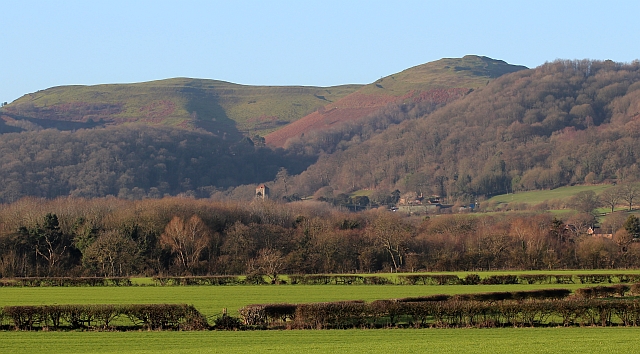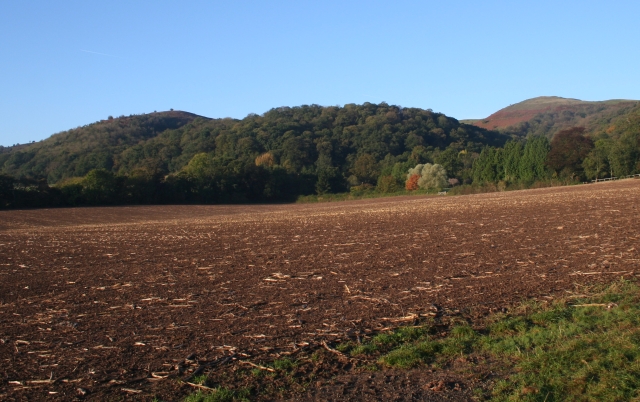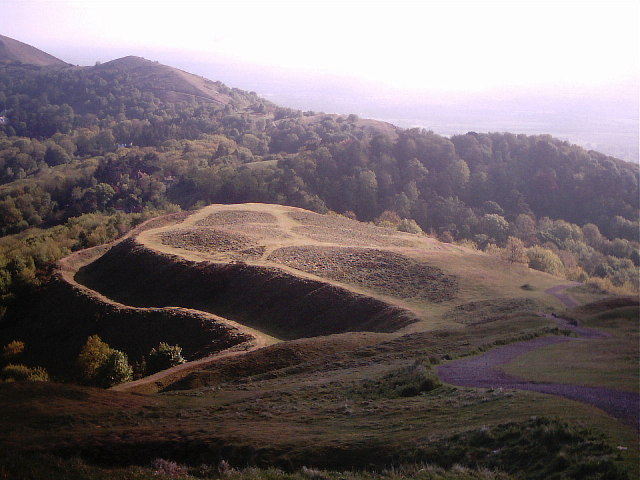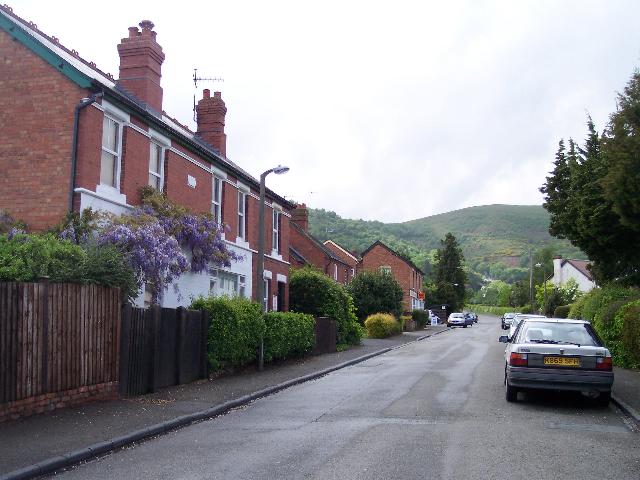Swinepits Coppice
Wood, Forest in Herefordshire
England
Swinepits Coppice
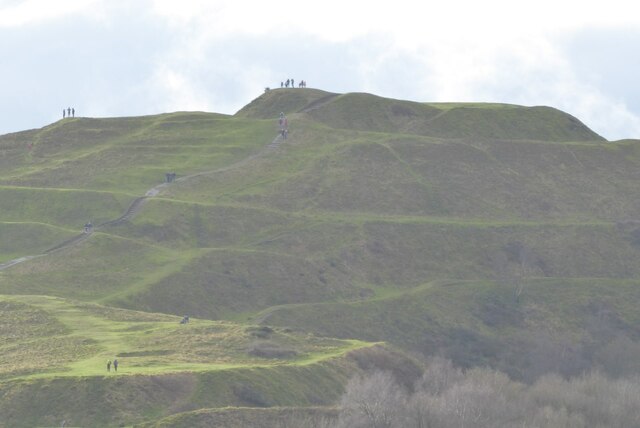
Swinepits Coppice is a picturesque woodland located in the county of Herefordshire, England. Covering an area of approximately 50 acres, it is a well-preserved example of ancient woodland and forms part of the larger Coppice Wood complex.
The woodland is predominantly composed of broadleaf trees, including oak, ash, beech, and birch, creating a diverse and rich habitat. The dense canopy allows little sunlight to reach the forest floor, resulting in a lush undergrowth of ferns, mosses, and wildflowers. This creates an ideal environment for various wildlife species to thrive, including birds, mammals, and insects.
Swinepits Coppice is known for its tranquil atmosphere and is a popular destination for nature enthusiasts and walkers. The network of winding footpaths allows visitors to explore the woodland and discover its hidden treasures, from enchanting bluebell carpets in spring to vibrant autumn foliage.
The woodland has a rich history, with evidence of human activity dating back centuries. It is believed that the area was once used for charcoal production, and there are remnants of old charcoal hearths scattered throughout the forest. These historical features add to the charm and character of Swinepits Coppice, providing a glimpse into the past.
As a protected area, the woodland is managed sustainably to promote biodiversity and maintain its natural beauty. Local conservation efforts aim to preserve the unique ecosystem and ensure the continued enjoyment of future generations. Swinepits Coppice is a true gem of Herefordshire, offering a peaceful retreat for those seeking a connection with nature.
If you have any feedback on the listing, please let us know in the comments section below.
Swinepits Coppice Images
Images are sourced within 2km of 52.066707/-2.3441828 or Grid Reference SO7640. Thanks to Geograph Open Source API. All images are credited.
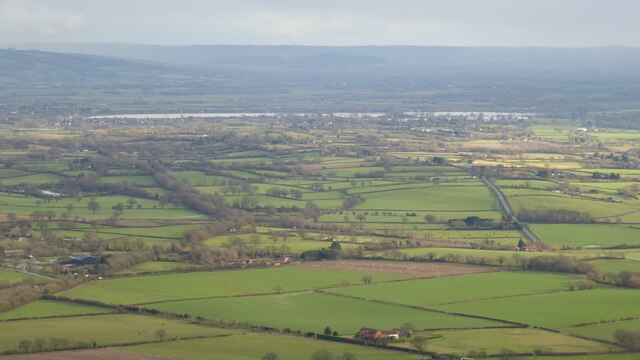
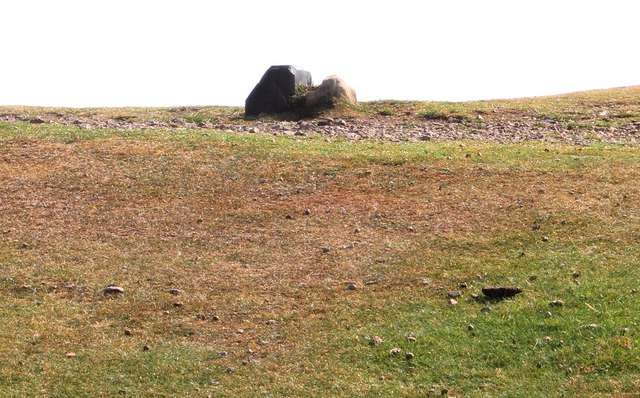
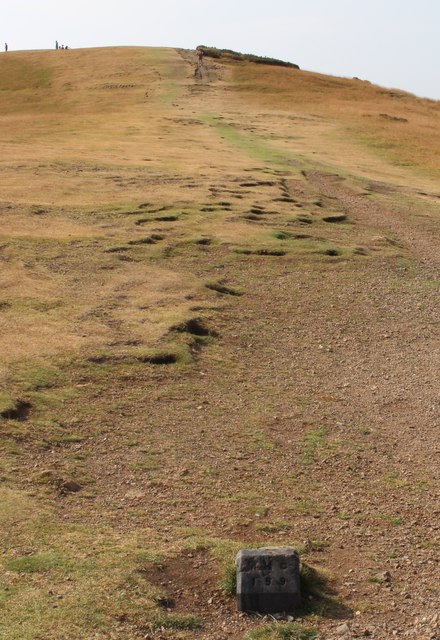
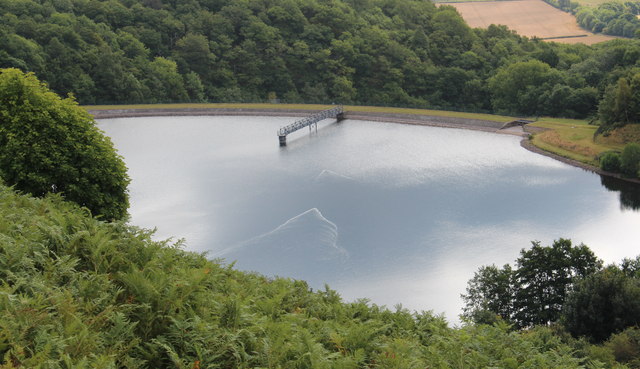
Swinepits Coppice is located at Grid Ref: SO7640 (Lat: 52.066707, Lng: -2.3441828)
Unitary Authority: County of Herefordshire
Police Authority: West Mercia
What 3 Words
///tinned.haircuts.obliging. Near Great Malvern, Worcestershire
Nearby Locations
Related Wikis
St Wulstan's Roman Catholic Church
St Wulstan's Roman Catholic Church, Little Malvern, Worcestershire, England is a Benedictine parish church administered by the monks of Downside Abbey...
Little Malvern
Little Malvern is a small village and civil parish in Worcestershire, England. It is situated on the lower slopes of the Malvern Hills, south of Malvern...
Abbey College, Malvern
Abbey College in Malvern, Worcestershire, England, is a small boarding school providing secondary education to a diverse and international student body...
Tinkers Hill
Tinkers Hill is situated in the range of Malvern Hills that runs about 13 kilometres (8 mi) north-south along the Herefordshire-Worcestershire border....
Herefordshire Beacon
The Herefordshire Beacon is one of the highest peaks of the Malvern Hills. It is surrounded by a British Iron Age hill fort earthwork known as British...
British Camp
British Camp is an Iron Age hill fort located at the top of Herefordshire Beacon in the Malvern Hills. The hill fort is protected as a Scheduled Ancient...
Pinnacle Hill
Pinnacle Hill is situated in the range of Malvern Hills in England, running about 13 kilometres (8 mi) north-south along the Herefordshire-Worcestershire...
Upper Welland
Upper Welland is a small settled area within the civil parish of Malvern Wells, in Worcestershire, England. Lying close to the county boundaries of Herefordshire...
Nearby Amenities
Located within 500m of 52.066707,-2.3441828Have you been to Swinepits Coppice?
Leave your review of Swinepits Coppice below (or comments, questions and feedback).
